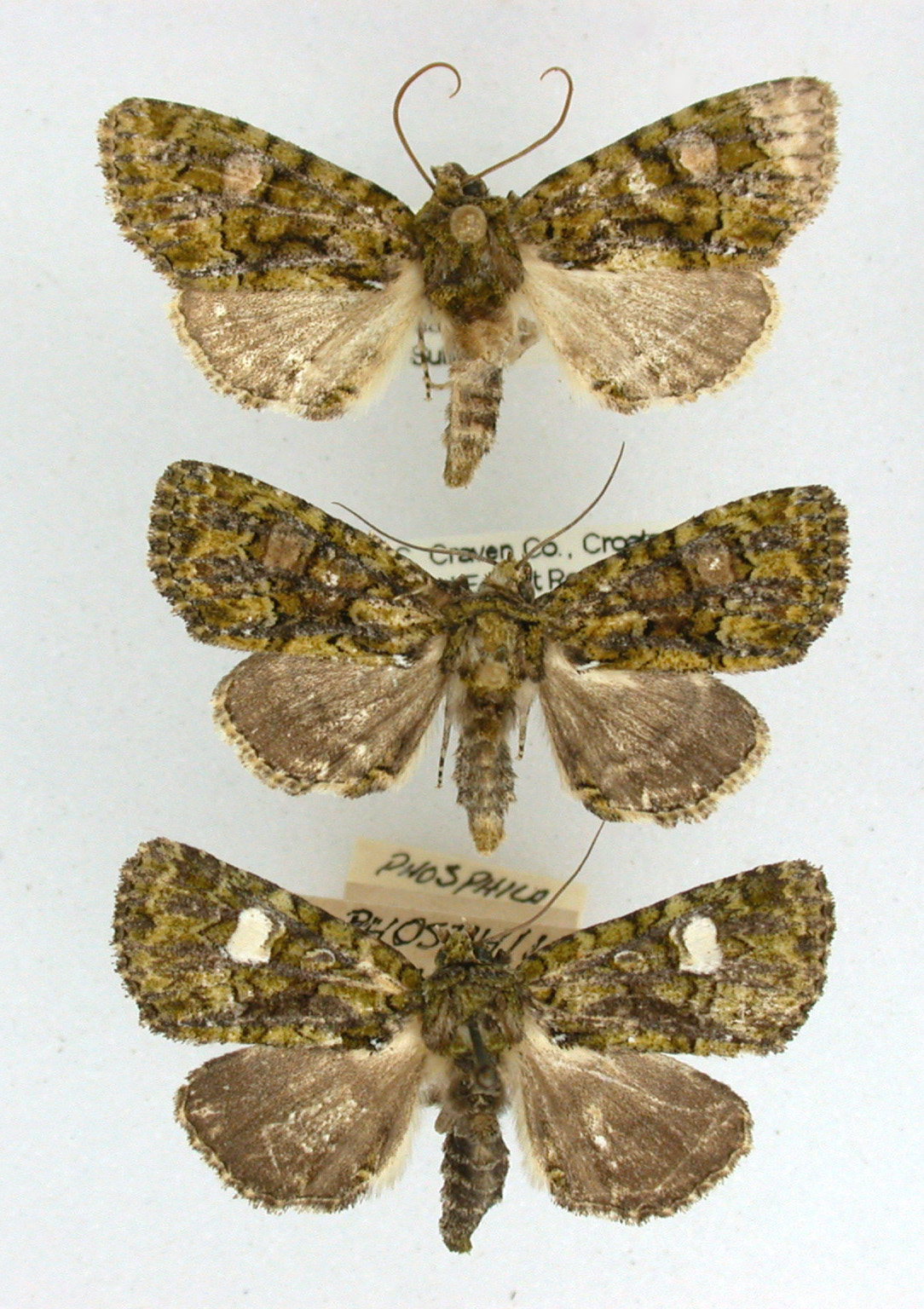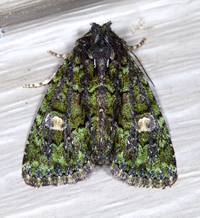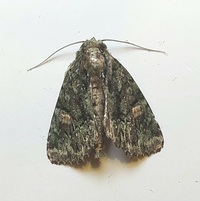
| Recorded by: Mark Basinger on 2025-09-27
Brunswick Co.
Comment: | 
| Recorded by: David George on 2025-09-10
Durham Co.
Comment: feeding on Smilax |
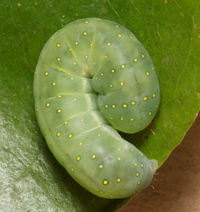
| Recorded by: David George on 2025-09-10
Durham Co.
Comment: | 
| Recorded by: Mark Basinger on 2025-08-16
Wilson Co.
Comment: |

| Recorded by: Emily Stanley on 2025-08-12
Buncombe Co.
Comment: | 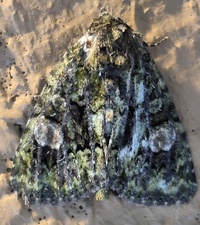
| Recorded by: Michael P Morales on 2025-08-05
Cumberland Co.
Comment: |
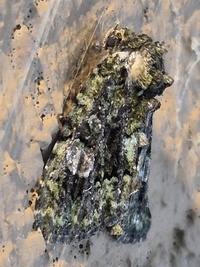
| Recorded by: Michael P Morales on 2025-08-05
Cumberland Co.
Comment: | 
| Recorded by: Michael P Morales on 2025-08-05
Cumberland Co.
Comment: |
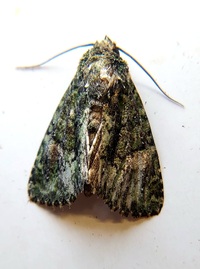
| Recorded by: Mark Basinger on 2025-07-27
Wilson Co.
Comment: | 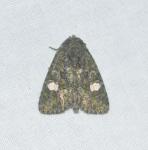
| Recorded by: K. Bischof on 2025-07-11
Transylvania Co.
Comment: |

| Recorded by: Mark Basinger on 2025-07-02
Wilson Co.
Comment: | 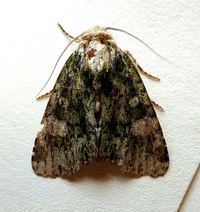
| Recorded by: Mark Basinger on 2025-06-18
Wilson Co.
Comment: |
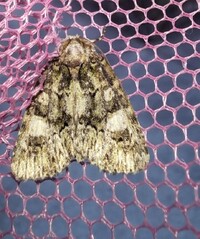
| Recorded by: Allison Garton on 2025-06-05
Moore Co.
Comment: | 
| Recorded by: Mark Basinger on 2025-05-17
Wilson Co.
Comment: |

| Recorded by: Simpson Eason on 2025-05-01
Durham Co.
Comment: | 
| Recorded by: Mark Basinger on 2025-04-30
Wilson Co.
Comment: |

| Recorded by: Mark Basinger on 2025-04-30
Wilson Co.
Comment: | 
| Recorded by: Jim Petranka, John Petranka and Becky Elkin on 2025-04-14
Bladen Co.
Comment: |

| Recorded by: Mark Basinger on 2025-04-06
Rowan Co.
Comment: | 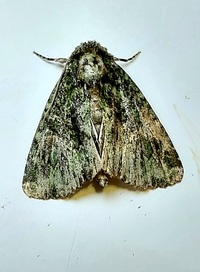
| Recorded by: Mark Basinger on 2024-10-06
Brunswick Co.
Comment: |

| Recorded by: R. Newman on 2024-09-12
Carteret Co.
Comment: | 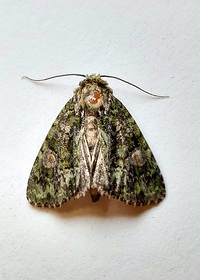
| Recorded by: Mark Basinger on 2024-09-12
Wilson Co.
Comment: |
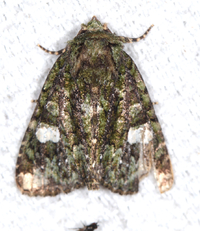
| Recorded by: Jim Petranka on 2024-09-02
Madison Co.
Comment: | 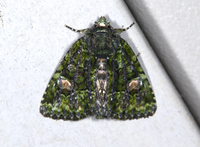
| Recorded by: Jim Petranka on 2024-08-03
Madison Co.
Comment: |
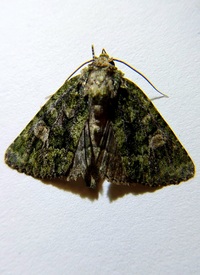
| Recorded by: Mark Basinger on 2024-07-17
Wilson Co.
Comment: | 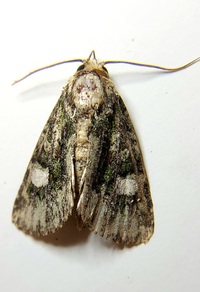
| Recorded by: Mark Basinger on 2024-07-14
Brunswick Co.
Comment: |
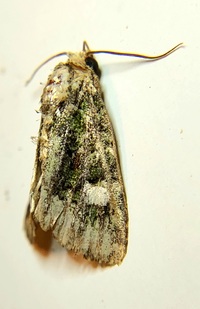
| Recorded by: Mark Basinger on 2024-07-14
Brunswick Co.
Comment: | 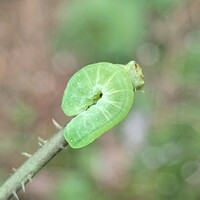
| Recorded by: Jeff Niznik on 2024-06-15
Scotland Co.
Comment: |

| Recorded by: R. Newman on 2024-06-12
Carteret Co.
Comment: | 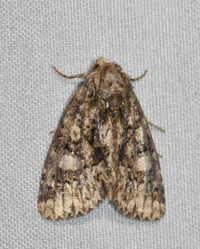
| Recorded by: Emily Stanley on 2024-05-24
Buncombe Co.
Comment: |
|

 »
»